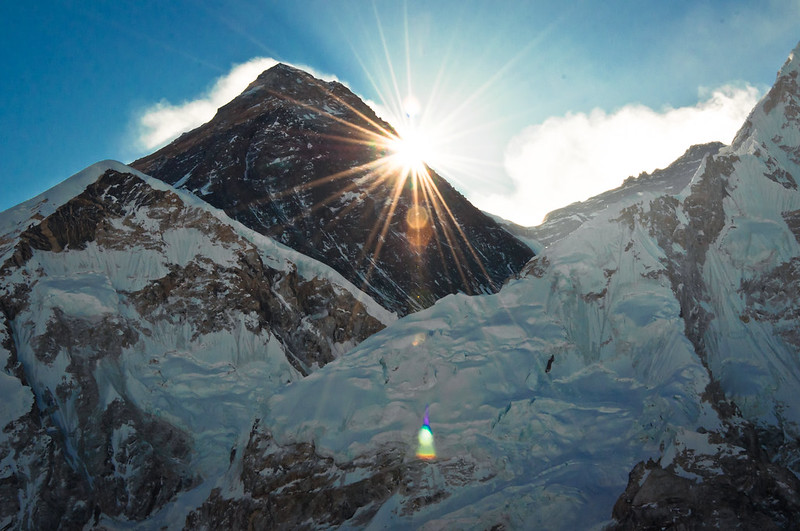Located along the border of Nepal and China and clocking in at 29,032 feet above sea level, the 60-million-year-old Mount Everest constantly grows in millimeters every year. Mount Everest takes the current spot for tallest mountain in the world. The cost to climb it ranges anywhere from $30,000-$60,000, but there is one recurring question: “Why?” Why is this famous formation growing taller as time passes?
A research study that was published around the end of September points to a surprising cause: A river, stolen long ago by another marauding waterway. As it may or may not be known, rivers play a grand part in erosion. However, this study shows that this cause can have surprising effects. Around 89,000 years ago, a strong river attached itself onto another nearby river. With the combined rivers, the Himalayan landscape was washed away, tearing off a piece of the Earth’s crust. In the end, this added 50 to 165 feet to the height of Mount Everest.
Everest’s formation began when a tectonic collision occurred between the Indian and the Eurasian plates. When the two plates met for the first time, the Indian plate started to subduct underneath the Eurasian one. The cosmic pressure rose along the boundary of both plates, causing the Earth’s crust to wrinkle. This event led to the uprising of the Himalayas which carried Mount Everest as the peak. The tectonic plates colliding turned out to be the reason for the constant growth of both the Himalayas and of course, Mount Everest.
In conclusion, yes, the tallest mountain to ever stand on our planet is growing year by year. However, many sources report that the constant growth of Everest is not permanent. There’s a definite possibility that the balance of the mountain could tip over another way, taking away from its height. The Himalayas may fall, but for now, Mount Everest is still standing.





